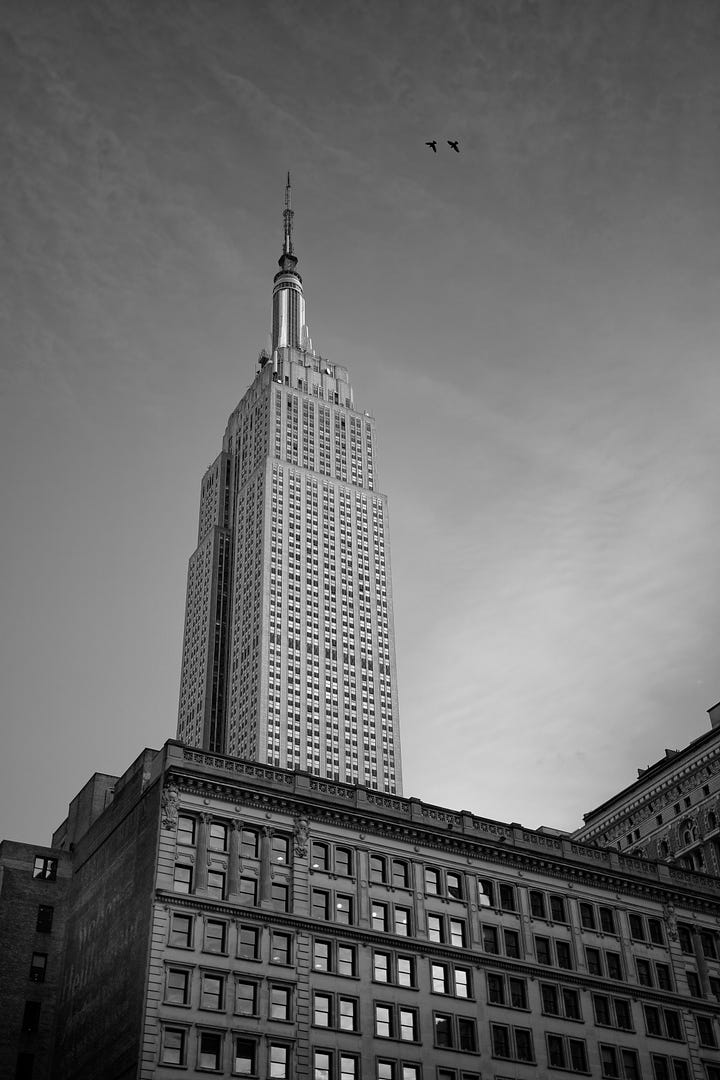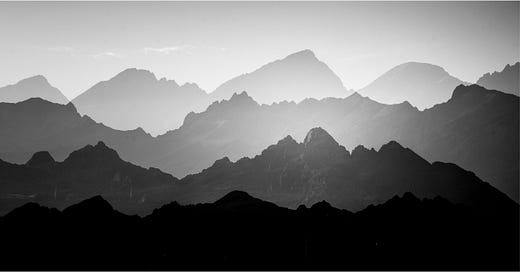Black and white photography was the only option for a long time. It remained the dominant medium for photography until the 1960s when colour photography became more affordable and widespread.
The invention of colour photography was a long and complex process that involved many different experiments and methods. According to Wikipedia (1), the foundation of all practical colour processes was the three-colour method, which Scottish physicist James Clerk Maxwell first suggested in an 1855 paper on colour vision. Thomas Sutton took the first colour photograph made by this method for a Maxwell lecture in 1861.
However, it took years for colour photography to become widely available and affordable. One of the first successful colour processes was the autochrome process, invented by French brothers Auguste and Louis Lumière. They developed a technique combining dyed potato starch grains with three colour filters on top of a glass plate. They began commercializing autochrome plates in the early 20th century (2). Autochrome was popular until the 1930s, when it was replaced by more advanced colour processes such as Kodachrome and Agfacolor.
Despite the success of colour photography, many photographers like me still prefer black and white for its artistic and expressive qualities and its ability to capture contrast, texture, shape, and light in shades of grey.
I appreciate black and white aesthetic and nostalgic appeal and its challenge to see beyond colours. I enjoy the freedom of focusing on composition and the overall emotion a black and white photo can bring.
Some might argue that black-and-white photography is even more powerful and expressive than colour photography, and here are some reasons why.
Black and white photography simplifies an image and eliminates distractions. Colour can be beautiful, but it can also be noisy, cluttered and overwhelming. By removing colour, you can draw attention to the subject, the composition, the mood and the message of your photo. You can also create a timeless and classic look that transcends the trends and fashions of colour photography. (3)
Black and white photography enhances contrast and drama. Contrast is one of the essential elements of a good black-and-white photo, as it creates visual interest, depth and dimension. You can use contrast to highlight your subject's shapes and forms, create patterns and textures, emphasize light and shadow, and convey emotions and feelings. Contrast can also develop a sense of drama and tension in your photo as you play with the extremes of black and white. (4)
Black and white photography challenges your creativity and skills. Shooting in black and white requires you to see the world differently, to look beyond the colours and focus on the tonal values, the shapes, the lines and the details. You must train your eye to look for interesting subjects that work well in black and white, such as portraits, landscapes, architecture and street scenes. It would help if you mastered the technical aspects of exposure, lighting, composition and post-processing to create stunning black-and-white images. (5)




Trivia: on the gallery above there’s one photo taken on film. Can you guess which one? Drop me a message if you do :-)
Black and white photography is not just a matter of desaturating your colour photos. It is a deliberate choice that can make your photos more impactful, artistic and memorable. If you want to improve your photography skills and express your vision more clearly, try black-and-white photography.
References
[1] Cox, S. (2019). Complete Guide to Black and White Photography. Retrieved from https://photographylife.com/black-and-white-photography
[2] Kindervater, D. (n.d.). Black And White Photography: A Beginner's Guide. https://photographypro.com/black-and-white-photography/
[3] Digital Camera World (2021). Black and white photography: how to see and shoot in memorable monochrome. https://www.digitalcameraworld.com/tutorials/black-and-white-photography-how-to-see-and-shoot-in-memorable-monochrome





